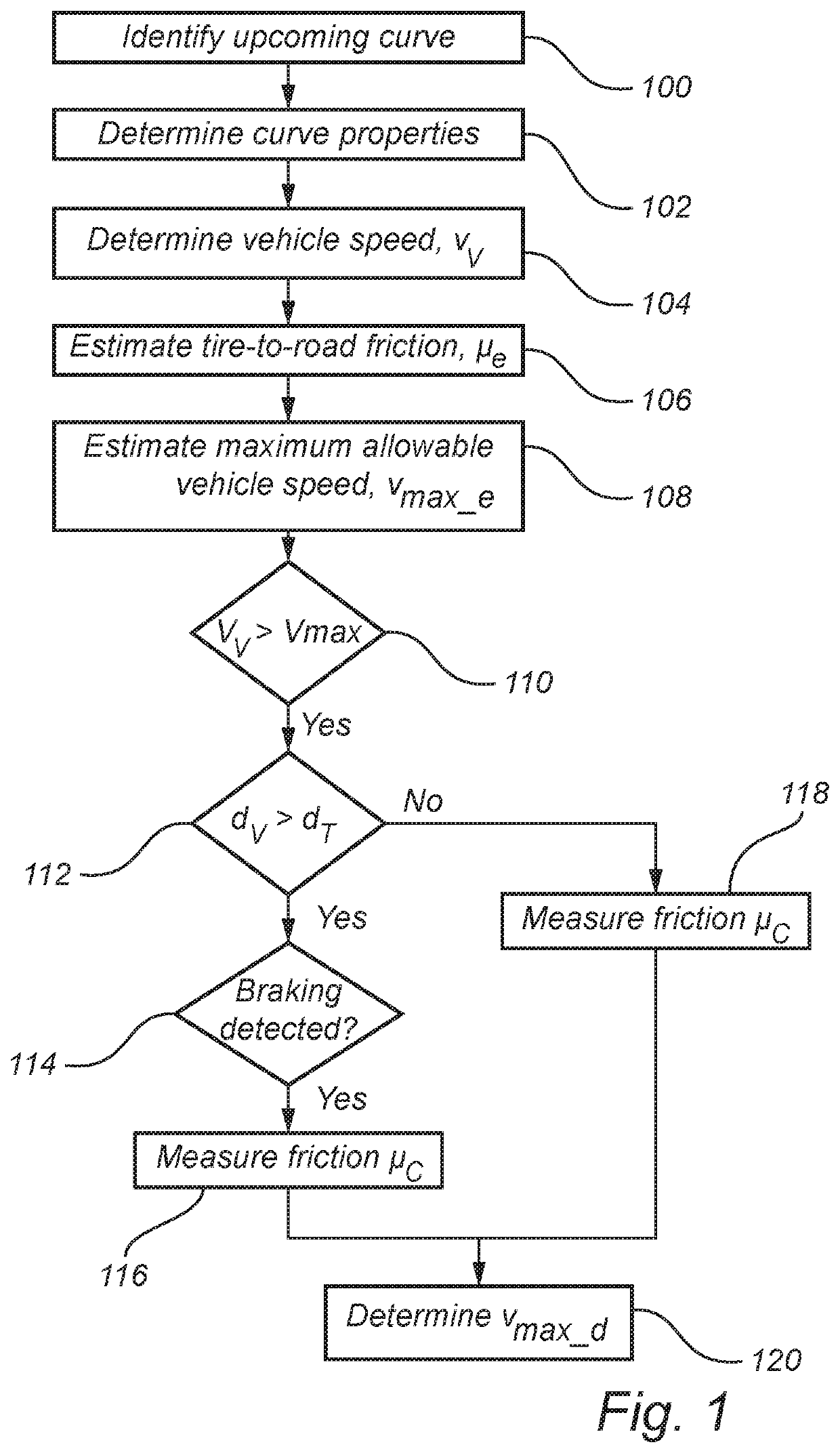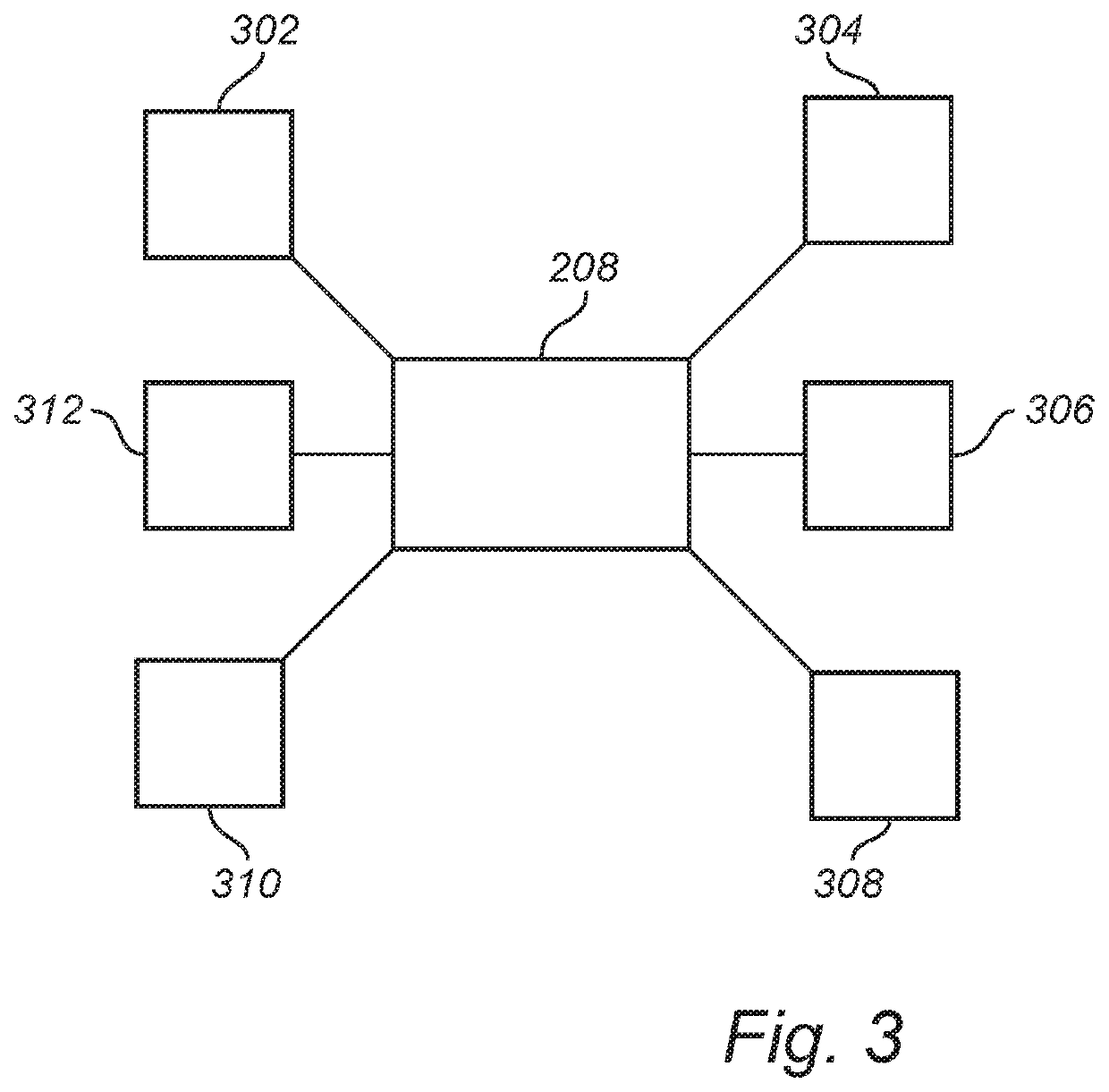Method and system for controlling a vehicle tire-to-road friction estimation
a technology of vehicle tire-to-road friction and estimation method, which is applied in the direction of process and machine control, transportation and packaging, instruments, etc., can solve the problems of disturbing the driver and the surrounding road users, the vehicle speed must be lower and maybe too low for driver acceptance, and the difficulty of getting reliable estimates of tire-to-road friction
- Summary
- Abstract
- Description
- Claims
- Application Information
AI Technical Summary
Benefits of technology
Problems solved by technology
Method used
Image
Examples
Embodiment Construction
[0029]The present invention will now be described more fully hereinafter with reference to the accompanying drawings, in which currently preferred embodiments of the invention are shown. This invention may, however, be embodied in many different forms and should not be construed as limited to the embodiments set forth herein; rather, these embodiments are provided for thoroughness and completeness, and fully convey the scope of the invention to the skilled person. Like reference characters refer to like elements throughout.
[0030]FIG. 1 is a flow chart outlining the general steps of a method of controlling a vehicle 200 according to an embodiment of the invention; and the method will be described with further reference to FIG. 2 schematically illustrating the method performed by a vehicle 200.
[0031]The method is applied when a vehicle is travelling on a road 202 and approaching a curve 204 in the road 202. In particular, the method is aimed at determining if and where it is necessary...
PUM
 Login to View More
Login to View More Abstract
Description
Claims
Application Information
 Login to View More
Login to View More - R&D
- Intellectual Property
- Life Sciences
- Materials
- Tech Scout
- Unparalleled Data Quality
- Higher Quality Content
- 60% Fewer Hallucinations
Browse by: Latest US Patents, China's latest patents, Technical Efficacy Thesaurus, Application Domain, Technology Topic, Popular Technical Reports.
© 2025 PatSnap. All rights reserved.Legal|Privacy policy|Modern Slavery Act Transparency Statement|Sitemap|About US| Contact US: help@patsnap.com



